
- Chips and Computing PowerHanxu Technology・Probabilistic Computing Chip, China’s Light: A Leader in Fully Domestic Third-Generation Semiconductor Lasers (Focusing on breakthroughs in semiconductor and computing chip underlying technologies)
Hanxu Technology·Probabilistic Computing Chip

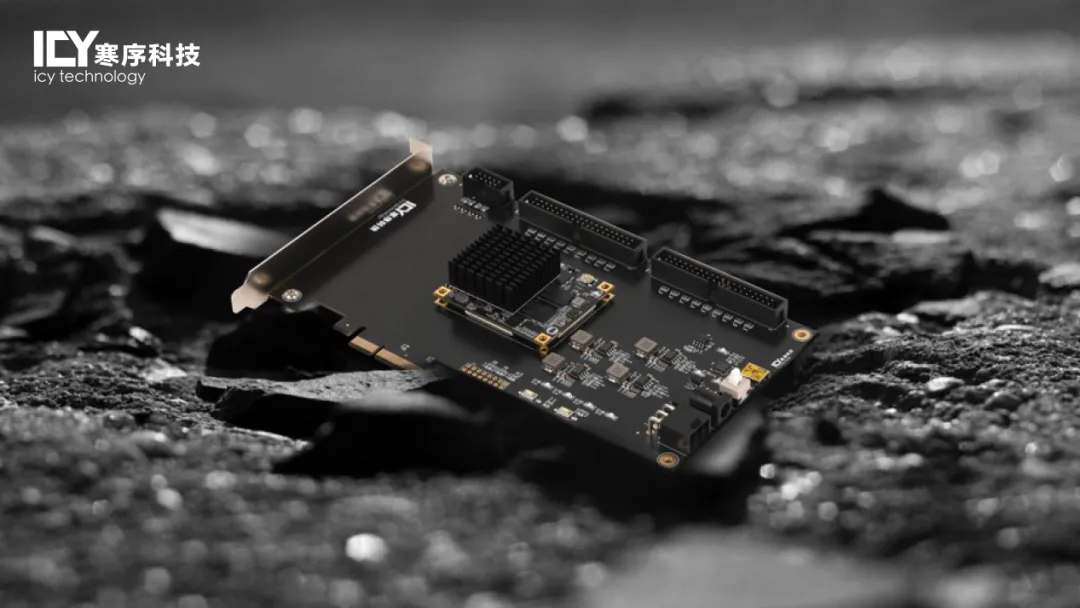
Project Overview:The project team is based on Hanxu Technology, a computing chip R&D company based on a new paradigm of magnetic computing, incubated by the Center for Applied Magnetics at Peking University. In response to market demand, the project team launched the probabilistic computing chip SpinPU-M01, a new AI computing chip based on spin, which provides computing power that can be rapidly deployed for specialized computing acceleration in fields such as drug development, scientific computing, and aviation logistics. Additionally, they are developing the SpinPU-E series of magnetic logic computing chips, which utilize a lower-cost on-chip MRAM high-bandwidth solution, aimed at providing inference computing power chips for edge and cloud large models.
China’s Light: A Leader in Fully Domestic Third-Generation Semiconductor Lasers

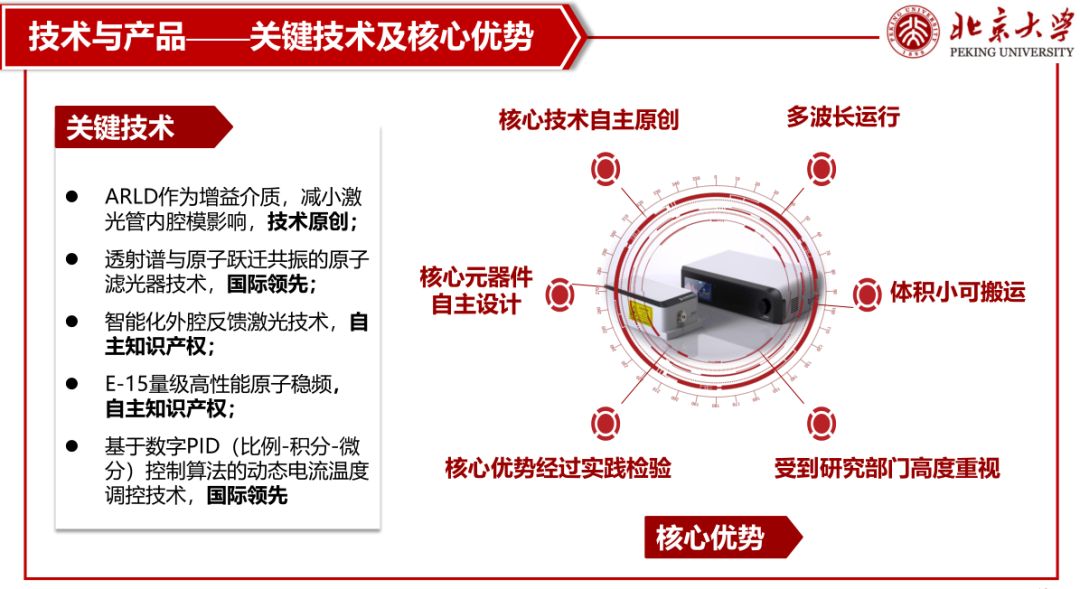
Project Overview:The project team is committed to becoming a world-class supplier of high-performance stable-frequency lasers, providing a complete set of components, integrated design, services, and solutions for domestic and international customers. The project team focuses on the mass production and commercialization of E-15 level atomic stable-frequency Faraday lasers. They aim to create high-performance atomic stable-frequency Faraday lasers based on atomic filters, achieving core material import substitution, completing an independently controllable industrial chain, and solving a series of bottleneck issues in the domestic high-end laser industry.
-
Life Sciences
Potential Bio: A Pioneer in Universal Pluripotent Stem Cells and Organ Regeneration, CURMINO Therapy System: A New Platform for Tumor Treatment Based on Engineered Bacteria, A Novel Small Molecule Innovation Drug Screening Platform Based on “Living Cells” (Covering stem cells, synthetic biology, drug development, and other biomedical frontiers)
Potential Bio: A Pioneer in Universal Pluripotent Stem Cells and Organ Regeneration

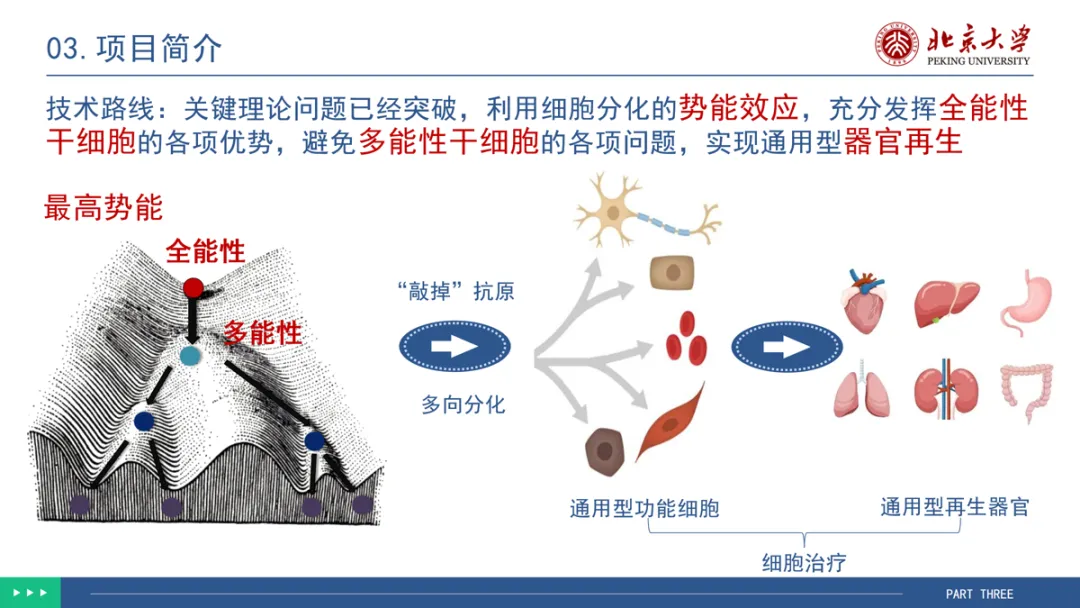
Project Overview:The project team focuses on the national major demand—clinical treatment drug development for pluripotent stem cells. They have published two articles as the first authors in Cell, one of the most authoritative academic journals in the international life sciences field, introducing the team’s breakthrough in establishing and cultivating pluripotent stem cells in vitro by inhibiting spliceosomes, which has been validated in both mice and humans. After overcoming the bottleneck of pluripotent stem cells and solving immune rejection, the related research results can be used for cell therapy and organ regeneration for major diseases. The specific technical route: utilizing the potential energy effect of cell differentiation, fully leveraging the advantages of pluripotent stem cells, avoiding the issues of pluripotent stem cells, and achieving universal organ regeneration.
CURMINO Therapy System: A New Platform for Tumor Treatment Based on Engineered Bacteria

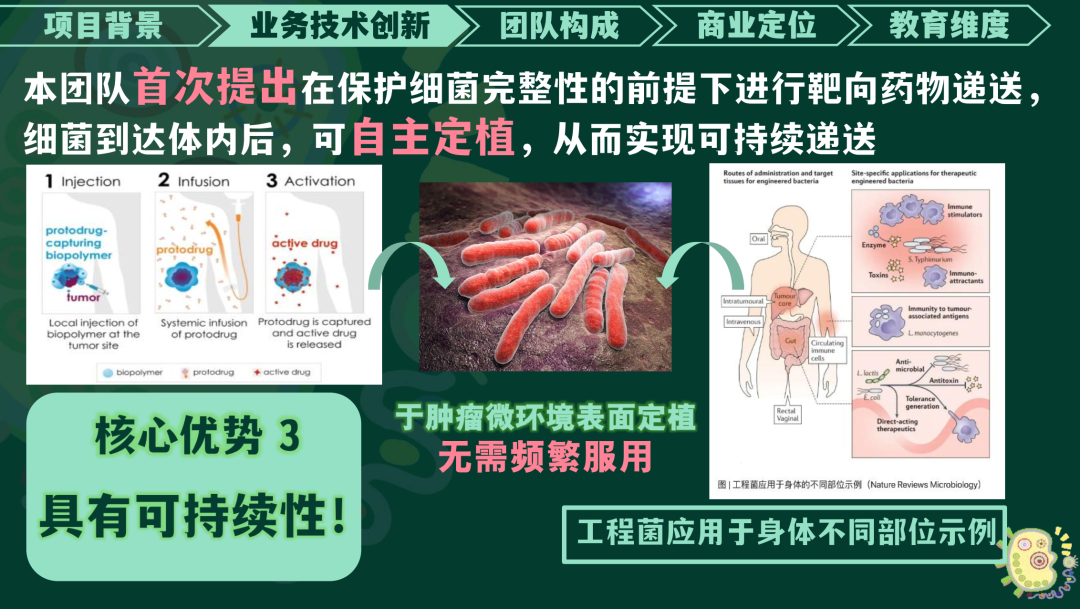
Project Overview:The project team is backed by the Peking University Health Science Center, relying on the National Key Laboratory of Natural and Biomimetic Drugs, and has a good research environment. The project team designs a tumor bacterial therapy that combines safety and effectiveness based on synthetic biology, utilizing non-natural amino acid technology to achieve controllable expression switches and precise modifications of proteins. They propose for the first time a bacterial therapy based on an improved T8SS system, achieving safer and more precise imaging and killing of tumors, constructing a multi-functional Curmino treatment platform. It mainly provides drug delivery systems for targeted drugs and immunotherapeutics, which can be combined with chemotherapy.
A Novel Small Molecule Innovation Drug Screening Platform Based on “Living Cells”

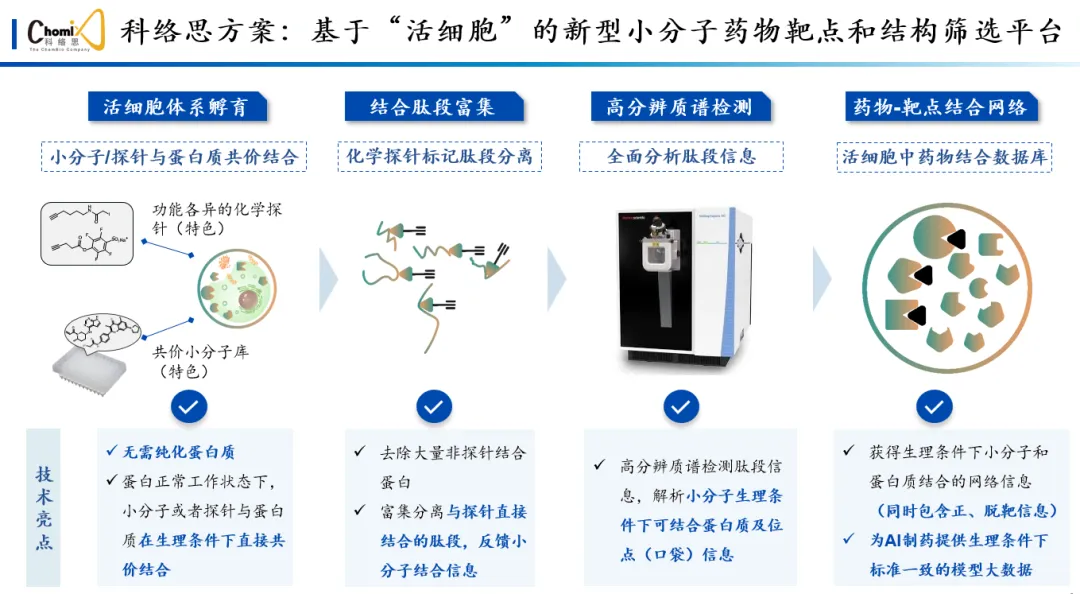
Project Overview:The project team is based in the Jiangbei New District Biomedical Valley in Nanjing, founded by authoritative scientists in the field of chemical biology, focusing on preclinical drug development for small molecule innovative drugs. It is one of the first Chinese enterprises centered on chemical proteomics technology for chemical drug development. The project has established a unique live cell drug development system for small molecule drug screening and new target discovery in live cell systems. Currently, the project company has applied for 17 invention patents, with 4 authorized, and was awarded the title of “National High-tech Enterprise” in 2023. After three years of operation, it has accumulated three rounds of social capital financing and strategic investment from listed companies, and is currently undergoing Series A financing.
- Artificial Intelligence and HealthcareHealGPT: An AI Dementia Prevention and Treatment Initiative for 300 Million Elderly People (Combining AI technology with healthcare scenarios)
HealGPT: An AI Dementia Prevention and Treatment Initiative for 300 Million Elderly People

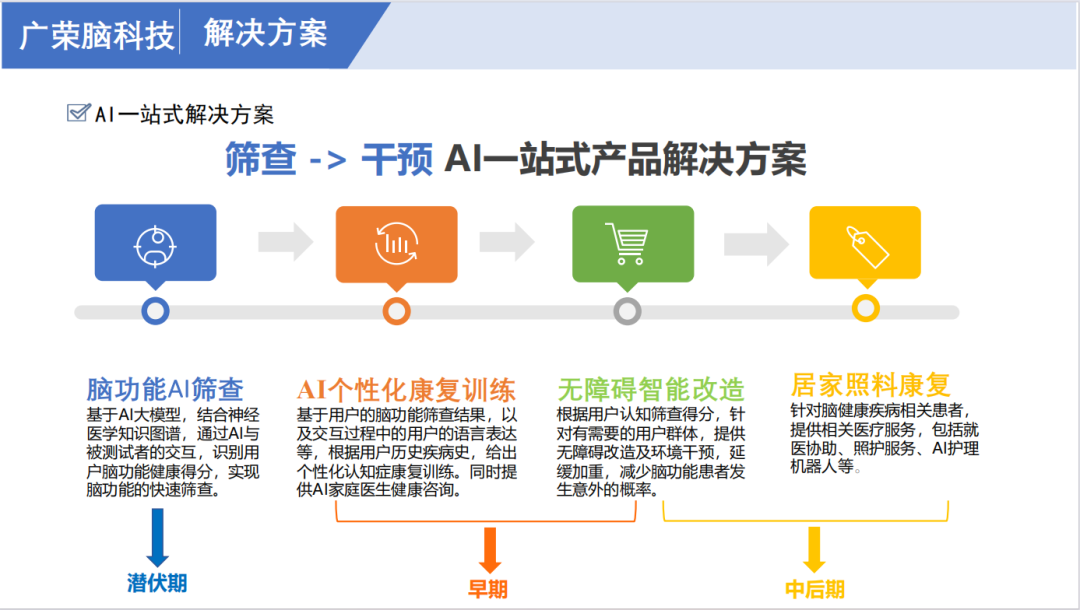
Project Overview:The project team is dedicated to providing integrated software and hardware products for health screening, rehabilitation, and nursing for the middle-aged and elderly population in home settings, based on self-developed medical health large language models, intelligent interaction, and 5G communication technologies, combined with neuro-medical knowledge. They aim to help the elderly reduce screening and rehabilitation costs, break through time and location limitations, and provide one-stop solutions for barrier-free transformation, intelligent transformation, and AI home rehabilitation robots. The core product is based on a self-developed medical large model as middleware, achieving specialized and general screening for cognitive disorders. Several successful cases have already been implemented.
- Environment and EcologyThe Guardians of China’s Species Resources: Gene Drive Methods Beyond Mendel’s Law to Control Species Invasion (Using biotechnology to solve ecological problems)
The Guardians of China’s Species Resources: Gene Drive Methods Beyond Mendel’s Law to Control Species Invasion

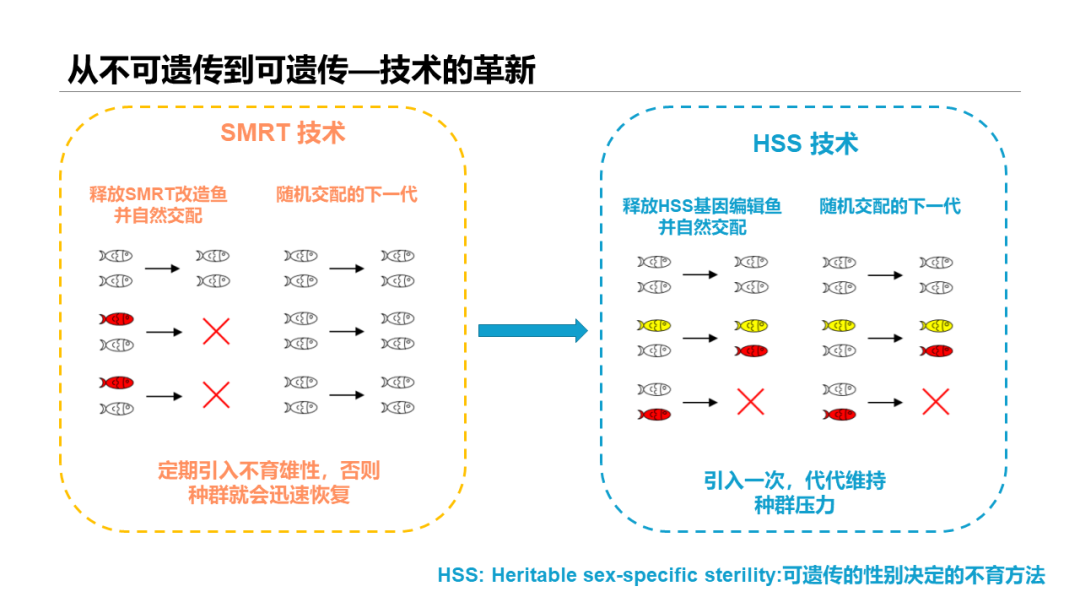
Project Overview:The project team is committed to eliminating tumors in the ecosystem—invading species, becoming the guardians of China’s species resources. The project team has developed a new technology called Heritable Sex-Specific Sterility (HSS) for controlling aquatic invasive species. This technology features sterility in a single sex; on one hand, sterile females reduce the number of offspring, while on the other hand, fertile males can pass the sterility gene down through generations, effectively controlling the invasive species. Meanwhile, the project team is developing gene drive technology as a second-generation product, which, compared to the first generation, breaks through the limitations of Mendel’s law, allowing the sterility gene to increase in proportion among the offspring of the population, providing a more efficient solution to the invasive species problem.
Source:Internet
Follow our public account for continuous high-value content, don’t miss out on treasures!!